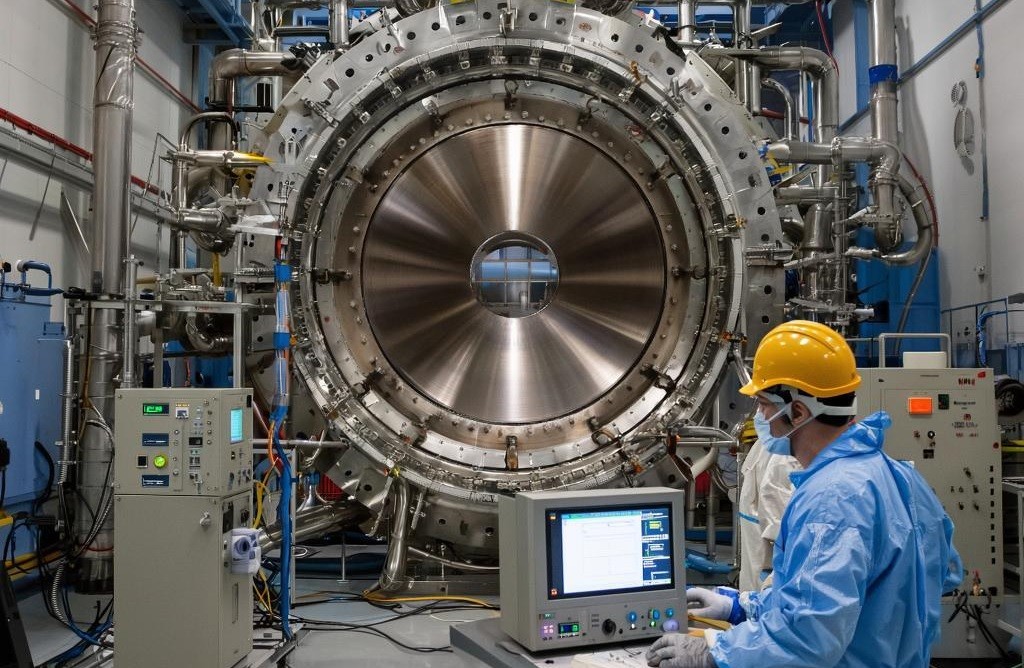Florida Lab Unveils the World’s Strongest Permanent Magnet: About 100,000 Tesla (1 Million Gauss)
Scientists at the National Magnet Laboratory in Tallahassee, Florida, have created the strongest permanent magnet on Earth, delivering a magnetic field of about 100,000 Tesla (roughly 1 million gauss). This breakthrough was achieved by cooling the magnet to an ultra-low temperature of about −198°C, which prevents overheating and protects the device from heat damage.

In This Article:
How They Did It: Cryogenic Cooling and Precision Engineering
The breakthrough rests on cooling the magnet to −198°C to prevent overheating and to stabilize the system under extreme magnetic forces. Engineers designed and tuned a cooling and containment setup that keeps the magnet intact while it produces unprecedented field strength. The result is a permanent magnet that remains stable at levels previously thought impossible.

Why It Matters: Electron Behavior, Particle Physics, and Fusion Tech
Magnets of this intensity let researchers study how electrons behave in conditions far beyond normal environments. Such experiments open new possibilities in fundamental physics and have potential implications for advanced electronics, materials science, and future energy technologies, including approaches to controlled nuclear fusion.

A Cautionary Note: Pulsed Fields Can Reach Higher Peaks but Destroy Equipment
The article notes that even more powerful fields exist in pulsed form. In 2001, Russian physicists achieved a magnetic field of 2,800 Tesla, but the experiments destroyed their equipment due to the enormous forces involved. This underscores the difference between steady-state (permanent) magnets and temporary, pulsed high-field setups.

Impact and the Road Ahead: Electronics, Materials Science, and Energy Innovation
These achievements have significant implications for the development of new electronics, materials research, and future energy technologies. By enabling experiments under extreme magnetism, scientists move closer to innovative solutions for energy and industry—and to new capabilities that could transform how we produce and manage power.

